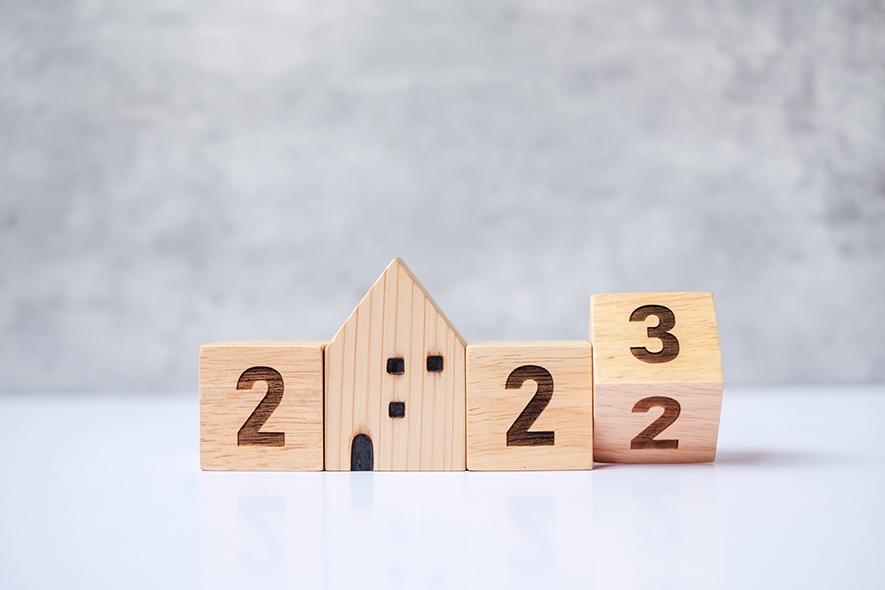 Real estate equity conversions now allow you to enjoy the benefits of living in your home, as well as having it produce income. Three out of four Americans, 65 or older, own their homes and 83 percent of those have completely paid off the mortgage. Equity conversion can put those assets to work generating income.
Real estate equity conversions now allow you to enjoy the benefits of living in your home, as well as having it produce income. Three out of four Americans, 65 or older, own their homes and 83 percent of those have completely paid off the mortgage. Equity conversion can put those assets to work generating income.
Real estate conversions can take several forms. These include reverse mortgages, sale lease backs, special purpose loans, and home equity lines of credit. One of the most popular choices is the reverse mortgage.
Reverse mortgages mirror the cash flow of a regular mortgage. Instead of getting a single lump sum at closing which you repay monthly, the loan is advanced to you in monthly increments. You pay nothing back until the term is up, when the advances plus interest must be repaid, presumably from the proceeds of the sale of your home.
On a fixed-term reverse mortgage, the lender’s monthly advances are based on the amount of equity you have in the house, the amount of the initial disbursement, if any, and whether the term is three, five, ten, or fifteen years. These reverse mortgages are available from lenders in only certain states. Private lenders typically work with government agencies and nonprofit groups for the aging. In fact, these organizations helped start most of the programs.
Under one such program, a homeowner with a five-year 10 percent loan on a mortgage-free $125,000 home could get $5,000 up front and monthly advances of $1,175. The total debt at the end of the term would be $100,000. Since the repayment of the interest and principal is deferred, the interest on the amount borrowed is compounded. You pay interest on the interest owed. The longer the reverse mortgage lasts, the larger the amount of interest you’ll have to pay.
Fixed-term reverse mortgages may be a wise choice for homeowners who need income to tide them over until a pension or annuity is established. They may also be a good choice if perhaps you or your parents are waiting for space to open in a retired housing development. Such mortgages may not be wise for those who want to spend the rest of their lives in the house because many borrowers end up having to sell the house to pay back the loan. One institution offers an open-term reverse mortgage that doesn’t have to be repaid until the homeowner dies or chooses to sell the house. To qualify, the homeowner must be age 62 or older and the home must be in good condition.
One positive aspect of the open-term mortgage is that you can live indefinitely in your own house, but a drawback is that you pay for this convenience by forfeiting a share of the future appreciation of your home.
In a sale lease back, the homeowner gives up title to become a renter. In a typical scenario, parents sell their house to a son or daughter who immediately lease it back to them for life. The parents, assuming they are age 55 or older, qualify for the onetime exclusion from income up to $125,000 in profit on the sale. Since the children own the house and rent it out, they can depreciate it and deduct the expenses that go with being a landlord.
Most sale lease backs are seller-financed. The parents receive a down payment and take back a note for the remainder of the sale price. The proceeds from the down payment could be used to purchase a deferred annuity which helps insure the parents will continue to receive the same amount of income if payments run out.
Sale lease backs are designed for people who want to spend the rest of their lives in the house, and their primary objective is to keep the house in the family. Keep in mind, however, they are complicated. Four separate contracts may be involved, a sale contract, a rental contract, a mortgage contract and, usually, an annuity contract. Moreover, the terms of the contract are interrelated and open to negotiation.
Tax considerations should be factored in to the choice between a sale lease back and a reverse mortgage. The Internal Revenue Service (IRS) requires that the landlord charge a market rate of rent or it could decide the transaction is a tax “dodge” and nullify some of the tax advantages. Charging the same rent for twelve years will not meet the test. It may be advisable to put an inflation clause in the rental agreement raising rent annually according to a specified index.
A far simpler option for older homeowners may be a special purpose loan. Available from many local government agencies and some state governments, they are usually restricted to homeowners with limited income. These low or no-interest loans can be used to defer property taxes or pay for home repair, health-related modifications, or in-home services. They aren’t required to be repaid until the house is sold or the homeowner dies.
State or local government agencies make property tax-deferral loans usually at 6 to 8 percent interest in sixteen states and the District of Columbia. The loans do not necessarily involve cash. Property taxes can be charged to an account that establishes a lien against the property. With other deferred payment loans, the homeowner gets a lump sum that must be used for a specific purpose ranging from energy efficiency improvements to putting in ramps, railings, and grab bars.
A home equity loan in the form of a credit line is another way to obtain short-term cash, but these loans are not an option for many retirees primarily because lenders qualify applicants based on their income, as well as their equity.
Copyright © 2023 Liberty Publishing, Inc. All rights reserved, Distributed by Financial Media Exchange





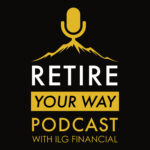







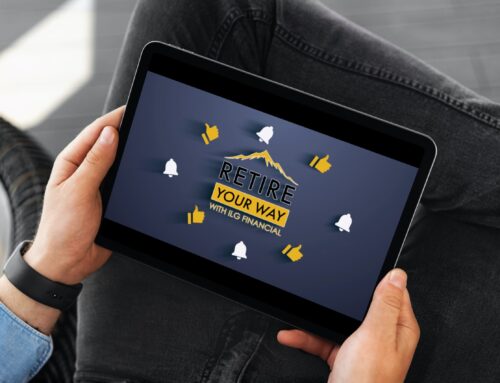
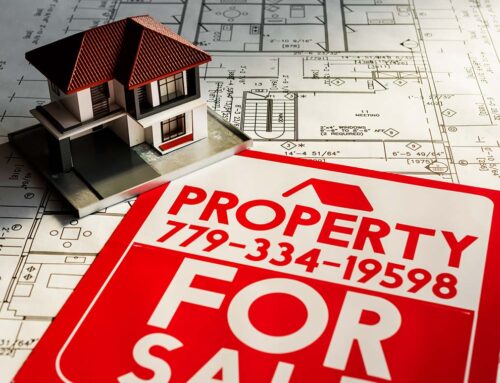
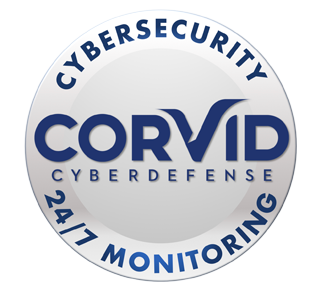

 Megan Jones joined the ILG Financial team in 2020 as marketing director. Megan and her husband live in Fredericksburg, VA with their German Short Haired Pointer, Gus. Megan is a graduate of Longwood University and holds a degree in communications. Megan is the oldest of Dave Lopez’s three children and not only enjoys working alongside her father, but also with her cousin, Chase, who joined the ILG Financial team in 2020 as an advisor. Megan is also a fully licensed Life, Health, and Annuity agent. When not at work, Megan enjoys sitting on the back porch with family and friends enjoying food and music.
Megan Jones joined the ILG Financial team in 2020 as marketing director. Megan and her husband live in Fredericksburg, VA with their German Short Haired Pointer, Gus. Megan is a graduate of Longwood University and holds a degree in communications. Megan is the oldest of Dave Lopez’s three children and not only enjoys working alongside her father, but also with her cousin, Chase, who joined the ILG Financial team in 2020 as an advisor. Megan is also a fully licensed Life, Health, and Annuity agent. When not at work, Megan enjoys sitting on the back porch with family and friends enjoying food and music. Chase Lopez joined the ILG Financial team in 2020 as an advisor. Chase is a 2016 James Madison University graduate with a degree in management. Chase has been trained under the tutelage of Dave Lopez, who is not only the founder and managing member of ILG Financial, but also is Chase’s uncle and godfather. He also enjoys working alongside his cousin, Megan, who is Dave’s daughter.
Chase Lopez joined the ILG Financial team in 2020 as an advisor. Chase is a 2016 James Madison University graduate with a degree in management. Chase has been trained under the tutelage of Dave Lopez, who is not only the founder and managing member of ILG Financial, but also is Chase’s uncle and godfather. He also enjoys working alongside his cousin, Megan, who is Dave’s daughter. Amy Anderson joined the ILG Financial team in 2023 as the client relations coordinator. Her responsibilities include scheduling of appointments, annual check-up notifications, and annuity and required minimum distribution assistance. She is a graduate of Harding University with a degree in Computer Information Systems. Amy and her husband have two children and she enjoys reading, crocheting, music and spending time with her family.
Amy Anderson joined the ILG Financial team in 2023 as the client relations coordinator. Her responsibilities include scheduling of appointments, annual check-up notifications, and annuity and required minimum distribution assistance. She is a graduate of Harding University with a degree in Computer Information Systems. Amy and her husband have two children and she enjoys reading, crocheting, music and spending time with her family. Jessica Carson joined the ILG Financial team in 2018 as an agent. Jessica and her husband have four children, two dogs, 3 barn cats, 5 chickens, and three parakeets. She indeed loves her children and pets! When not at work, Jessica enjoys playing the piano and cello as well as traveling and spending time outside with her family, hiking, fishing, and boating.
Jessica Carson joined the ILG Financial team in 2018 as an agent. Jessica and her husband have four children, two dogs, 3 barn cats, 5 chickens, and three parakeets. She indeed loves her children and pets! When not at work, Jessica enjoys playing the piano and cello as well as traveling and spending time outside with her family, hiking, fishing, and boating. Terri Center joined the ILG Financial team in 2019 as client services manager. She handles client records, application processing, and gathering information to provide a professional and friendly experience with all of our clients. Terri is a graduate of Oakland University. She is married and has two children. She enjoys hiking, family time, and puzzle challenging video games. She also likes to share her creativity in her canvas paintings and sewing projects.
Terri Center joined the ILG Financial team in 2019 as client services manager. She handles client records, application processing, and gathering information to provide a professional and friendly experience with all of our clients. Terri is a graduate of Oakland University. She is married and has two children. She enjoys hiking, family time, and puzzle challenging video games. She also likes to share her creativity in her canvas paintings and sewing projects.